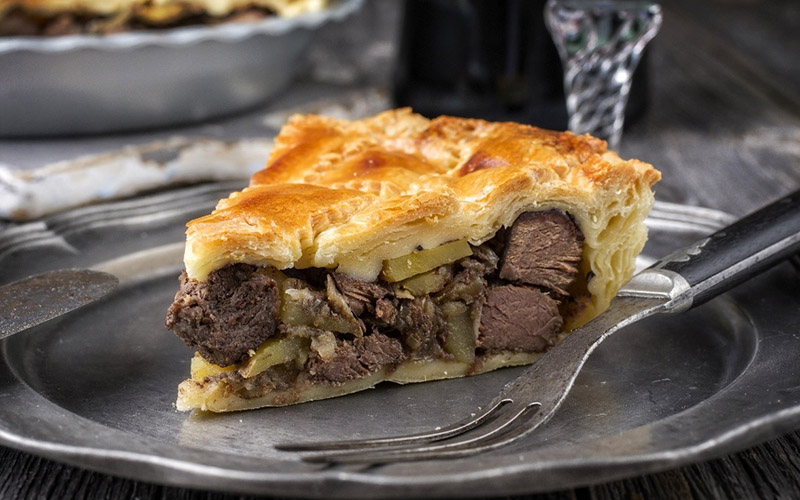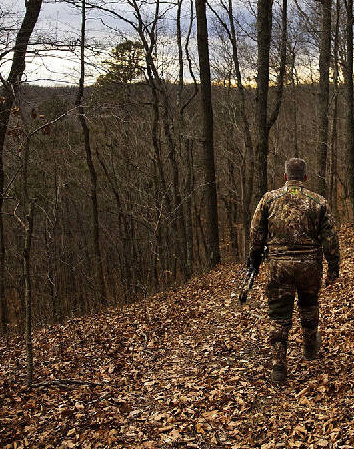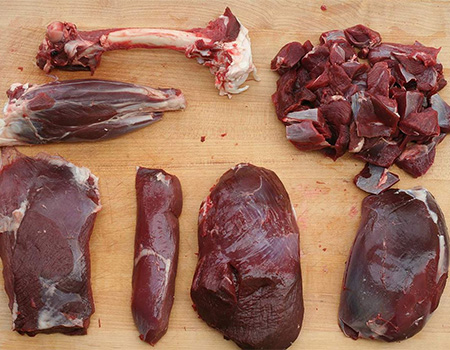Field to Table

Have you ever wondered how hard it would be to hunt and prepare your food? People today are starting to look for better options to feed their families due to the rising costs and continued food headlines in the news. There are many things to consider before heading out on your first hunt. In this blog, I will be going over some basic information to get you started on your field-to-table journey.
When I was young, I remember my dad and his buddies would all get together and take to the woods for that prize-winning deer. There were no trail cameras or optic-mounted guns, just them and their trusty shotguns. When they returned, they had a bounty of deer in the bed of the truck. Enough to fill everyone's freezer and keep their families' bellies full. Not to mention the nice mounts they secured to prove their hunting abilities and tell endless stories about.
Anyway, that was then, and today the hunt has evolved tremendously. If you are a serious hunter, you will want to make a food plot on your land to draw in the animal you are hoping to take. Afterward, you will need to set up your hunting spot. A majority of hunters use a tree stand or hunting blind with trail cameras nearby so they can stalk their prey. Learning the animals' routine is essential to get in a timely kill. Nothing is worse than spending the whole season aimlessly hunting the woods.

When you gear up to head to the woods, you will need adequate clothing to keep you warm and safe. Selecting pieces you feel comfortable in will allow you to enjoy your hunt. A few hunters get away with just some good ol' coveralls and dark-colored clothes. This works well if you aren't in extreme weather and can still easily hide from your prey. However, most hunters today enjoy going out and buying the most up-to-date hunting gear. Lucky for you, Vance Outdoors supplies everything you will need for your hunt. Also, don't forget one of the most crucial pieces of your hunting wardrobe - your blaze orange. It will keep you safe from other hunters you may be around, knowingly or unknowingly. Finally, you will want to invest in a good pair of hunting boots. I highly recommend a waterproof pair. You'd be surprised how often that will come in handy. No one likes cold, wet feet; and it doesn't help with hunting. How much insulation your boot will need depends on the weather you'll be hunting in. It never hurts to have a couple of different options in your arsenal.
There are several options to hunt with when it comes to long guns. Firearms are an ever-evolving industry. Back in the day, you would grab your 12-gauge shotgun and hit the woods. Today, you can get fancy with it. Here, I will provide you with the basic guns needed for your hunt. What you do to make them your own is up to you. Whether that means adding a scope, silencer/suppressor, or enhancing the triggers and stocks.
First on the list is a .22 rifle, usually available in cartridges like .22 Long Rifle or .22 Winchester Rimfire Magnum. There are a lot of different models, and some are better than others, but they are often inexpensive, lightweight, and great for hunting small game.
The 12 Gauge Shotgun is perhaps the most versatile of all the guns. A hunter who owns a high-quality 12 gauge with interchangeable choke tubes can hunt virtually any type of small game or bird. The same gun can be used with buckshot to hunt larger game animals at close range. Slap a good sight or scope on a slug barrel and then you can use it for big game at long range.
Next up is the Varmint Rifle. If you plan on doing varmint hunting, you will want to purchase a dedicated varmint rifle for the job. Although, if you don't care about salvaging the animal's pelt, any small-bore rifle will do. These bolt action rifles are commonly chambered in, .223 Remington or .22-250, however, there are others to choose from.
When hunting big game in heavily wooded areas or thick conditions, you will want a brush or woods gun. These normally come in cartridges like the .30-30 Winchester and .35 Remington for short-range kills.
Sometimes, when you are on the hunt, a close-distance shot is not possible, and you will need to take a longer-range shot. This is where you will want a Long-Range Rifle. These are usually bolt action with a quality scope. There are several good quality, flat-shooting cartridges that are common choices for hunters. To name a few, we have the 6.5 PRC, .270 Winchester, 7MM Remington Magnum, .308 Winchester, .30-06 Springfield, and the .300 Winchester Magnum. I haven't even mentioned the Short Magnum versions. The selection here is endless.
After all the excitement from the hunt, you will need to field-dress your kill. This is something I have watched my dad and his friends do with such ease. It always amazed me to see the way they glided the knife through the flesh of the animal, never stopping to think that they had been doing it for so many years of their lives. If you are deprived of the same experience, you will need some practice, as field dressing is not for the faint of heart.

Here's where it gets interesting. There are a ton of options to process and cook your meat! The processing of your meat will involve butchering and then either grinding or cutting into portions. Once you decide the ratio of meat you can decide how to prepare it for your family. We usually made our own jerky and sausage. It allowed us to control what we were eating and the flavoring of the meat. Of course, you could always outsource the processing of your meat. The only downside is how costly it can get. However, if you have the time and knowledge to process it yourself, it will be worth your efforts! When it comes to cooking, the most common options are smoking, grilling, and roasting. Although a fried-up deer heart never hurt anyone.
While this blog just touched on some basics, watch out for more in-depth blogs about Field to Table, like canning vs. freezing (dropped a few weeks ago), the camo must-haves, exciting recipes, and much more!